DEBURRING, BARREL PLATING & TUMBLING
Deburring is defined as removing the edges or protrusions of metal parts, caused by the metal forming process . So, how does General Brite Plating deburr? It is accomplished by a multifaceted process called tumbling. In order to shape the metal parts to the specified size, form and finish defined by our clients, the tumbling process must be employed.
DEBURRING PROCESS
The process involves loading the precision metal parts into a horizontal barrel. Once inside, the barrel is rotated in an effort to raise the material until gravity causes the top layer to slip down to the opposite side. The barrel typically includes rubber vanes, which catch, lift and drop the parts. A full cycle can take as little as five minutes or a take as long as a full day.
BARREL PLATING
In the tumbling process, and depending on the desired result, wet barrel finishing or dry barrel finishing may be employed. Wet barrel finishing typically eliminates burrs and polishes, and enhances the surface. Dry barrel finishing produces a smoother finish. When delicate debarring is needed, dry tumbling is utilized. If a client desires a polished finish or the removal of excess material, wet barreling is essential. Wet barrel finishing utilizes a compound or lubricant to facilitate the finishing process and prevent rusting.
Although this process may appear intuitive, executing it to perfection is no easy task. A wide range of variables can drastically alter the appearance and performance of the part. The configuration of the part must be thoroughly analyzed in order to accurately determine the optimal machine, compounds and media parts to utilize. The ideal type of media must also be identified. These include granite, steel, silicon and most prominently, ceramic. This intensive process will be sure to produce the smooth metal parts your company needs.
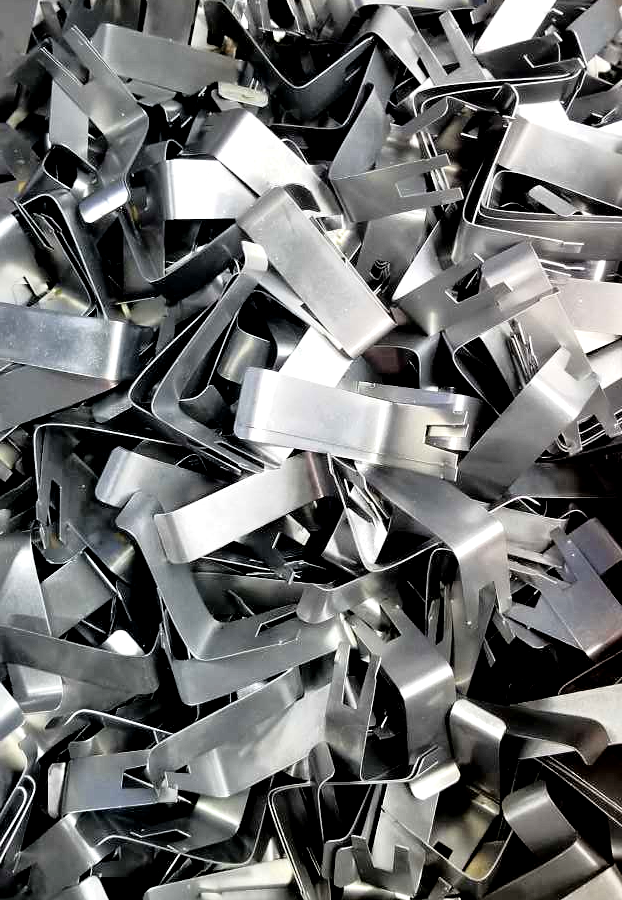
TUMBLING PROCESS
In addition to deburring, the tumbling process can be used to burnish, clean, descale, remove rust, and brighten or harden the surface.
Abrasive media and water, along with the metal parts, are put in a rubber-lined bin that is either rolled or vibrated to rub the media against the parts. A compound or detergent that is included in the water will help keep the media from getting clogged with metal sludge. The surfaces of the parts get worn away: sharp edges are broken, surface discoloration and blemishes are erased, and your parts come out smooth, homogeneous, and beautiful.
General Brite Plating offers tumbling, deburring, ball burnishing, antiquing with steel media, ceramic media, and plastic media. We tumble die castings, pewter casting, jewelry castings, and white metal casting.
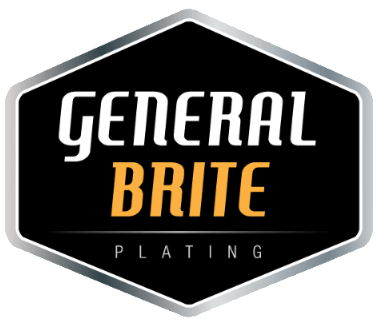
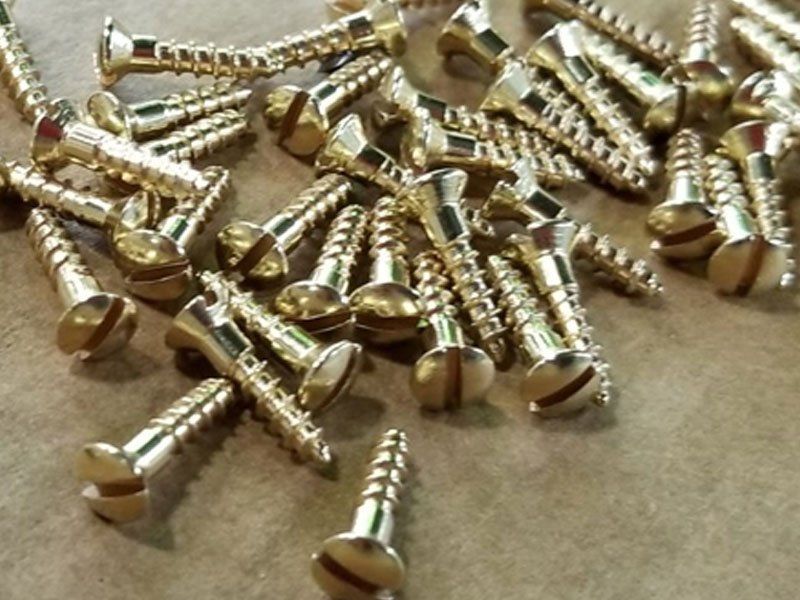
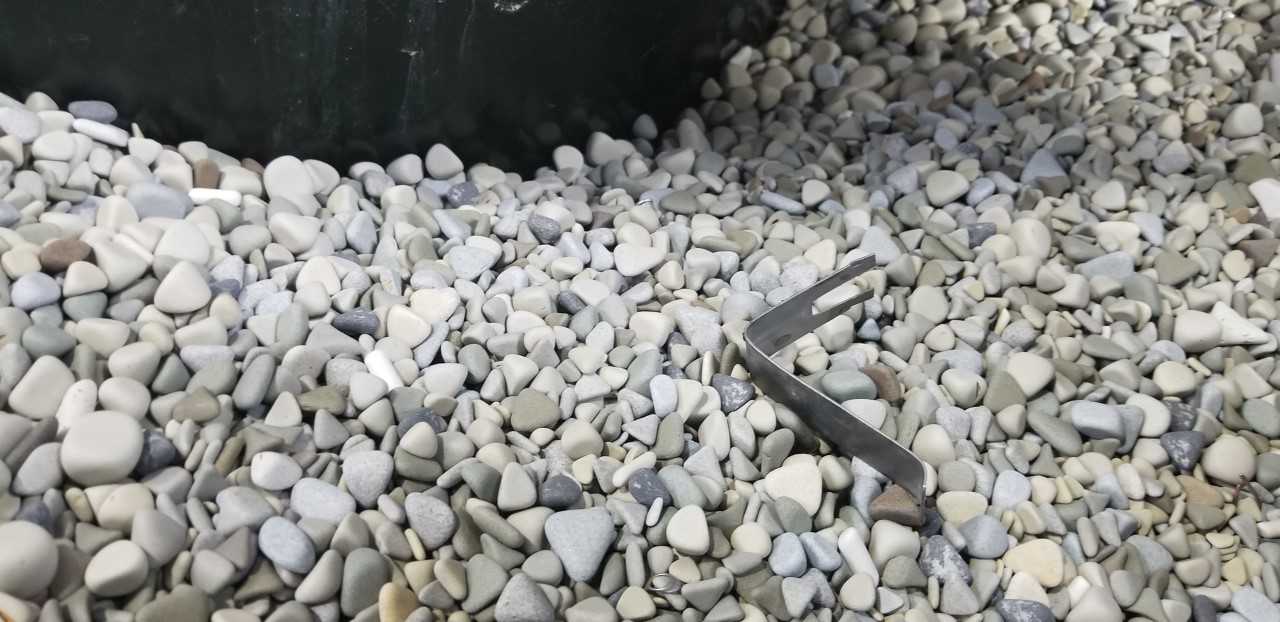
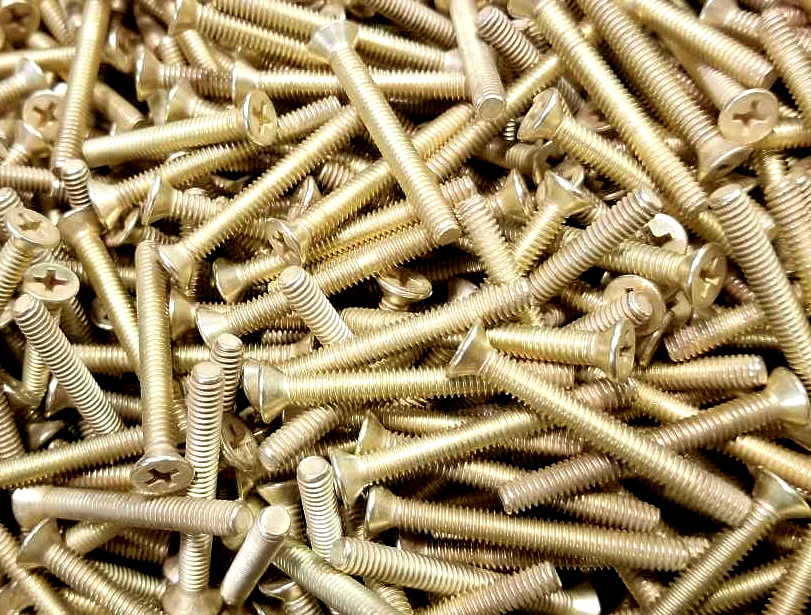


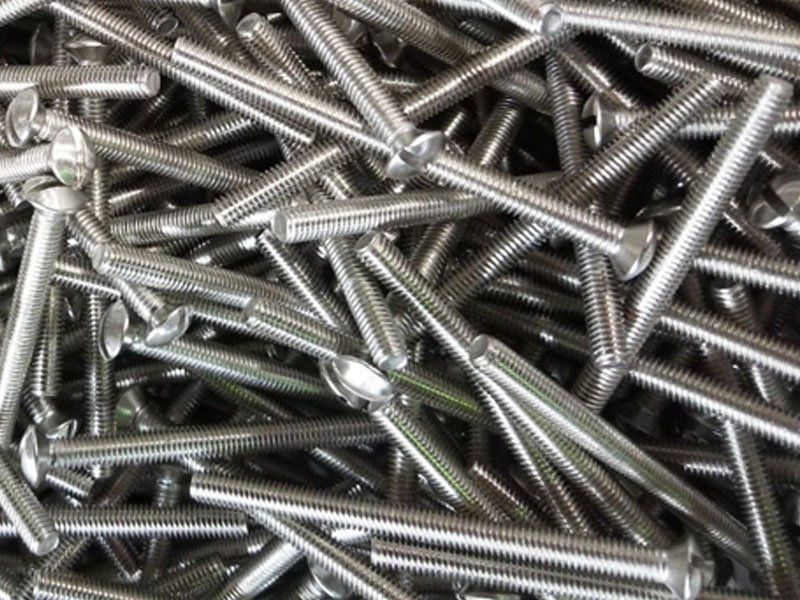
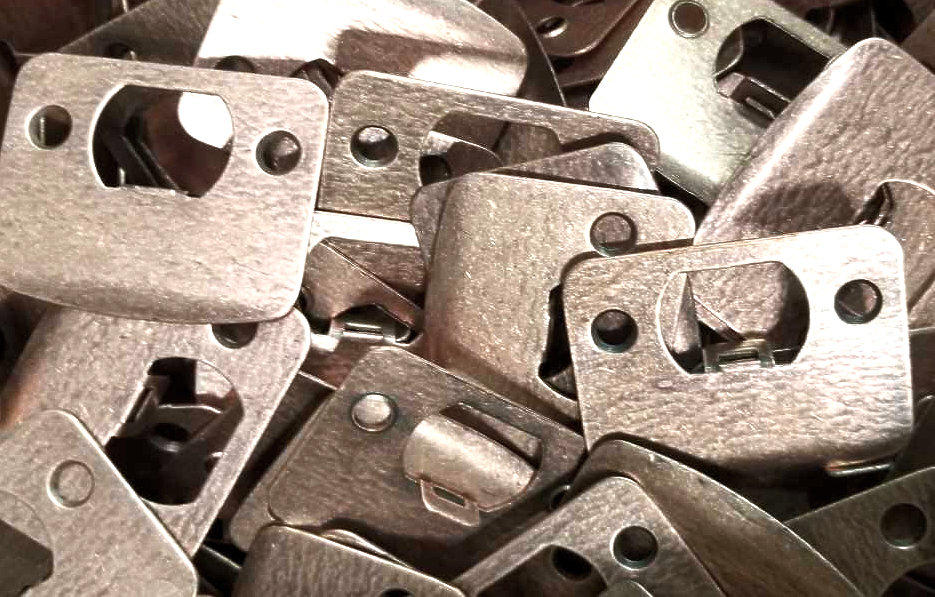


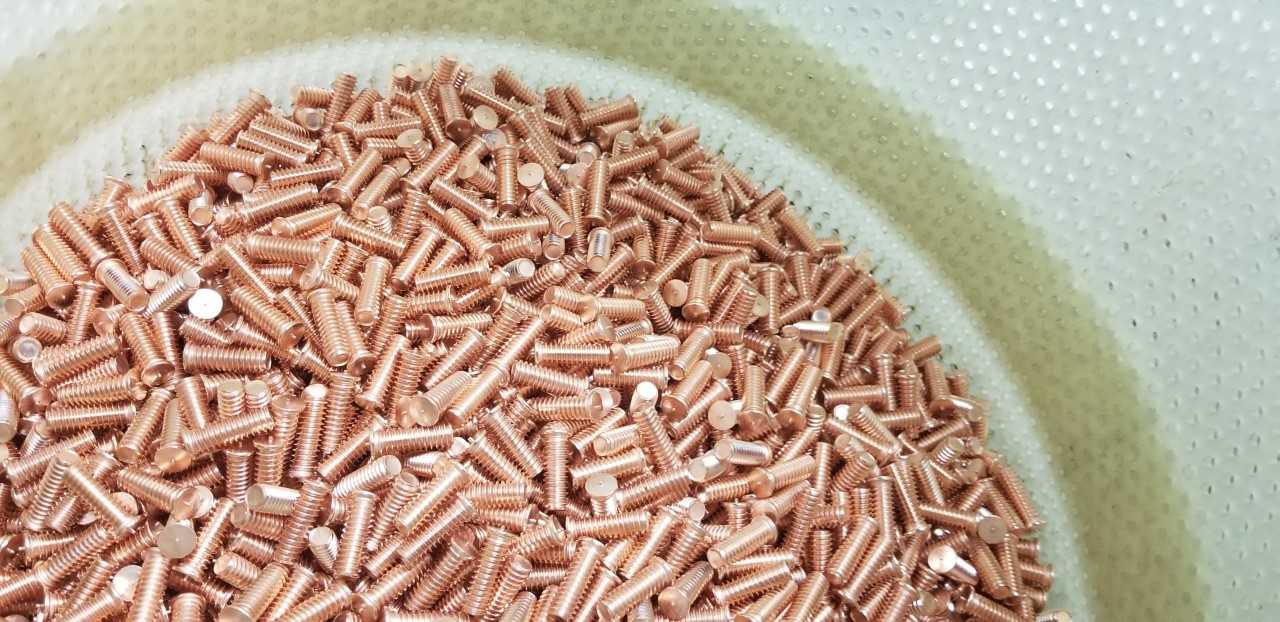


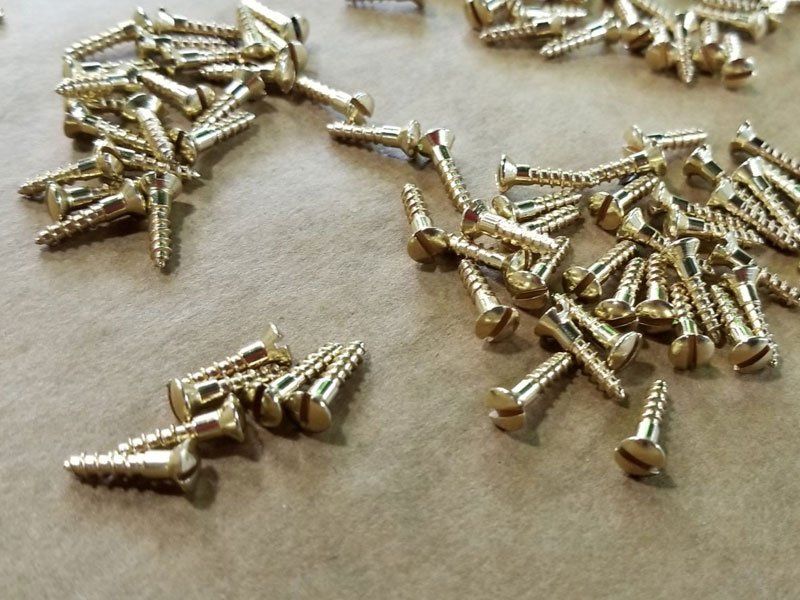


 323-268-6353
323-268-6353









 323-268-6353
323-268-6353